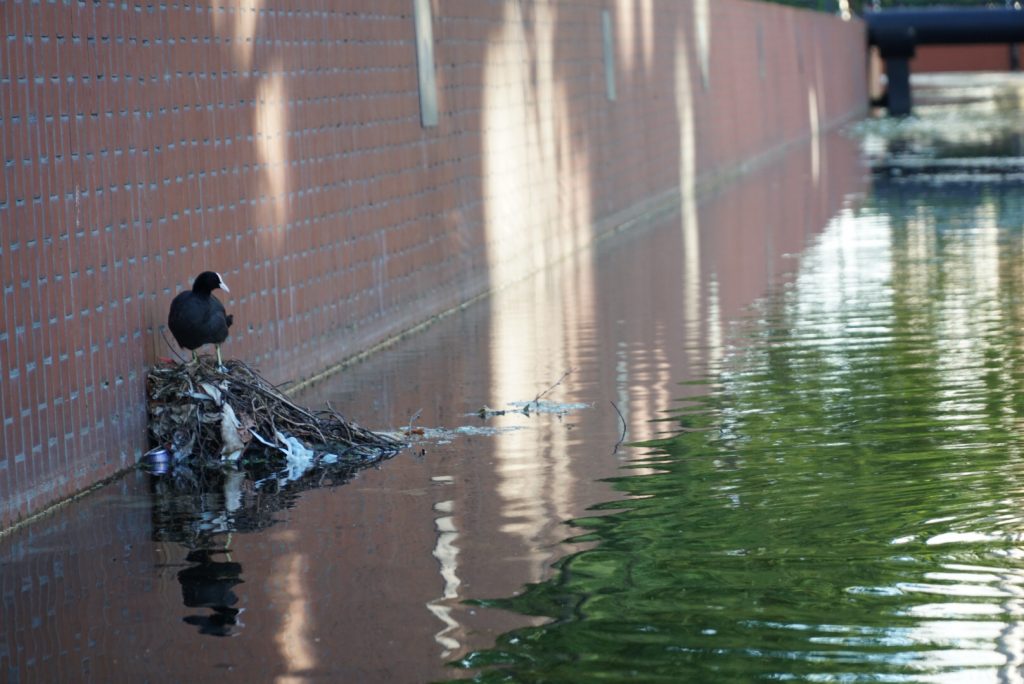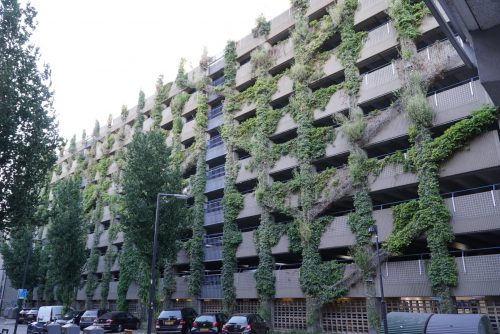Naturalis Biodiversity Center is a natural history museum and research institute situated in Leiden, the Netherlands. It curates a collection of over 42 million botanical, zoological and geological specimens and presents the history of our planet and diversity of life through exhibitions and educational programs. In this guest blog, the centre’s Dr Barbara Gravendeel shares some research insights on urban evolution.
Urban nature is often only seen and technocratically treated as functional décor for ecosystem services, and less as a collection of organisms and communities with conservation value. In addition and only recently, process-based approaches enter in urban design and planning to facilitate spontaneous ecological and evolutionary processes, aiming at a dense and sustainable ecological network as a basis for urban metabolism. Starting from ecologically founded design and management principles, it requires courage to accept and have the patience to allow spontaneous ecological and evolutionary processes to shape urban landscapes. Especially for facades and roofs, working with indigenous species is not common practice yet and needs further study and support as for instance initiated in the Dutch initiatives The Living Archive and City Plants: Urban flora of the Netherlands.
A point of concern is that biodiversity is often incompletely perceived, with the birds, bats, butterflies and bees receiving the most attention. In general, plants are being planted and regarded as the stage for animal biodiversity. Even worse, in many studies of urban biodiversity, plants are regarded as the environment and as such not even included in biodiversity assessments.
Generally speaking, biodiversity starts with the soil. In urban settings, the soil is often disturbed, but even then it is necessary to avoid enrichment of the soil because ripening of soils is possible and low nutrient content is favourable for plants. Subsequently, it is opportune to study how the germination of indigenous flora can be facilitated and how succession processes can take place in urban environments. Aiming at an urban ecological network, a couple of aspects have to be in place.
First, sites large enough to house minimal viable populations need to be created; this has to be realized at various scales depending on the taxa concerned. Furthermore, the effectiveness of ecological corridors and stepping stones need monitoring and further analysis, again at various scales depending on the size and mobility of species concerned. This topic has been investigated in a number of student internships over the last couple of years. One of the approaches is a Citizen Science (CS) protocol for monitoring the quality of ditch bank vegetations. A comparative study of the CS approach and a detailed vegetation analysis has revealed that the CS protocol is a suitable approach to map the quality of the ditch banks for long term monitoring and trend analysis of the effects of management regimes.

About Naturalis Biodiversity Center
Naturalis Biodiversity Center is a natural history museum and research institute situated in Leiden, The Netherlands. It curates a collection of over 42 million botanical, zoological and geological specimens and presents the history of our planet and diversity of life on Earth in exhibitions and educational programs. With respect to urban nature, the centre’s activities include exploring, describing and understanding ecological networks and processes on the one hand and evolution of new ecotypes and species in urban areas following urban stress factors on the other.
